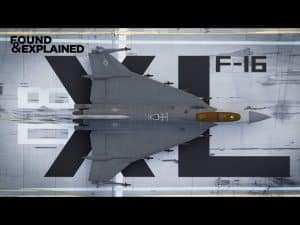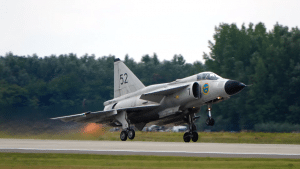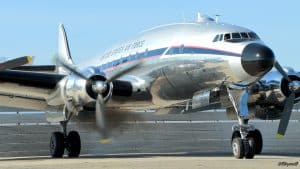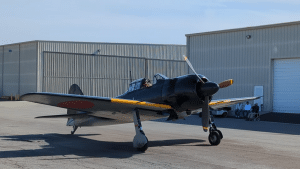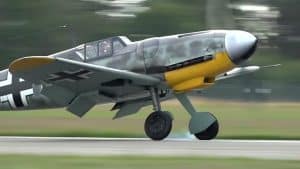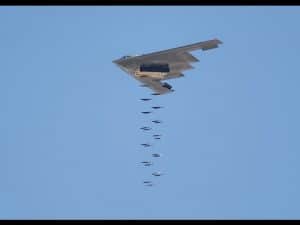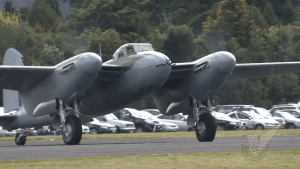How Bad Was The B-58 Hustler
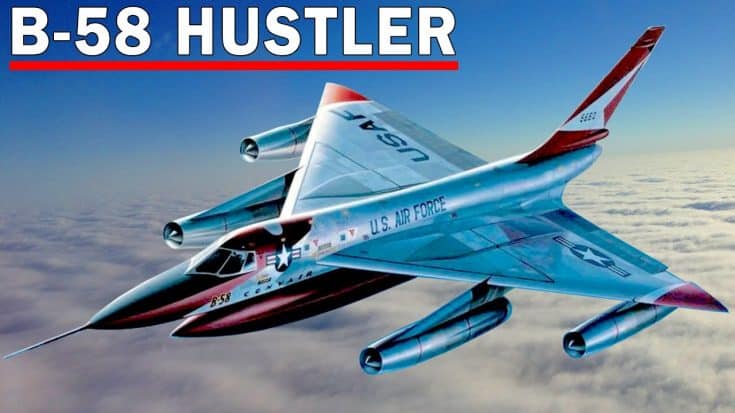
YouTube / Curious Droid
The B-58 Hustler is a supersonic bomber that came out at high speed to break the sound barrier between Britain and the US just after the war.
A Stark Difference
The B-58 Hustler was designed just a few years after the B-52. Both were carriers of nuclear weapons and key parts of the Strategic Air Command, and yet the two could not have been any more different.
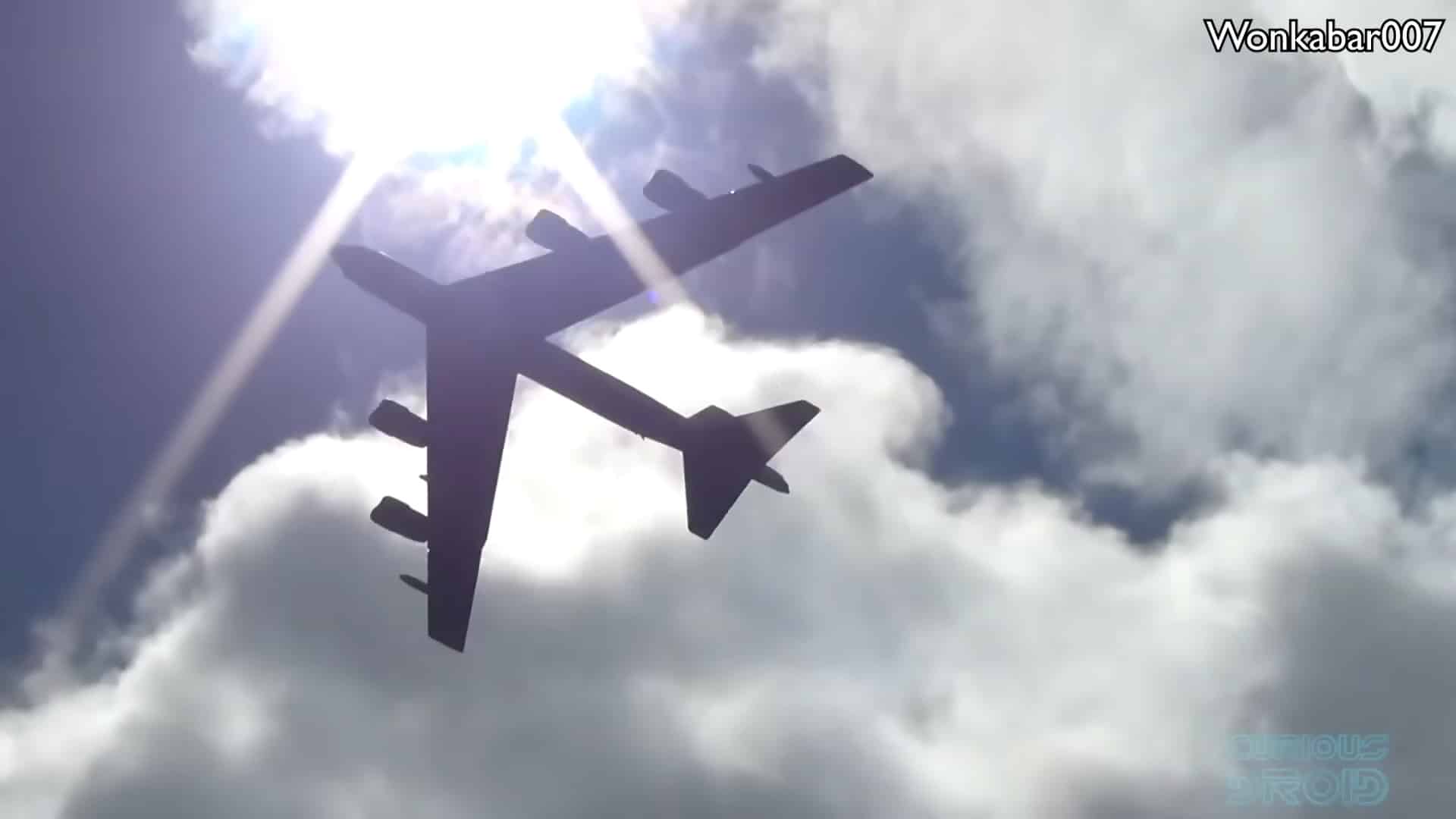
The B-52 was, and still is, a massive subsonic plane, with a crew of 5 and a wingspan of 54.6 meters, eight engines, and a maximum bomb load of 32,000 kg, including a large internal bomb bay.
Meanwhile, the B-58 is a Mach 2 supersonic delta wing plane with a pencil-thin fuselage, carried a crew of 3, a wingspan of 17.3 meters, four engines, and a maximum load bomb load of 8,800 kg with no internal bomb bay.
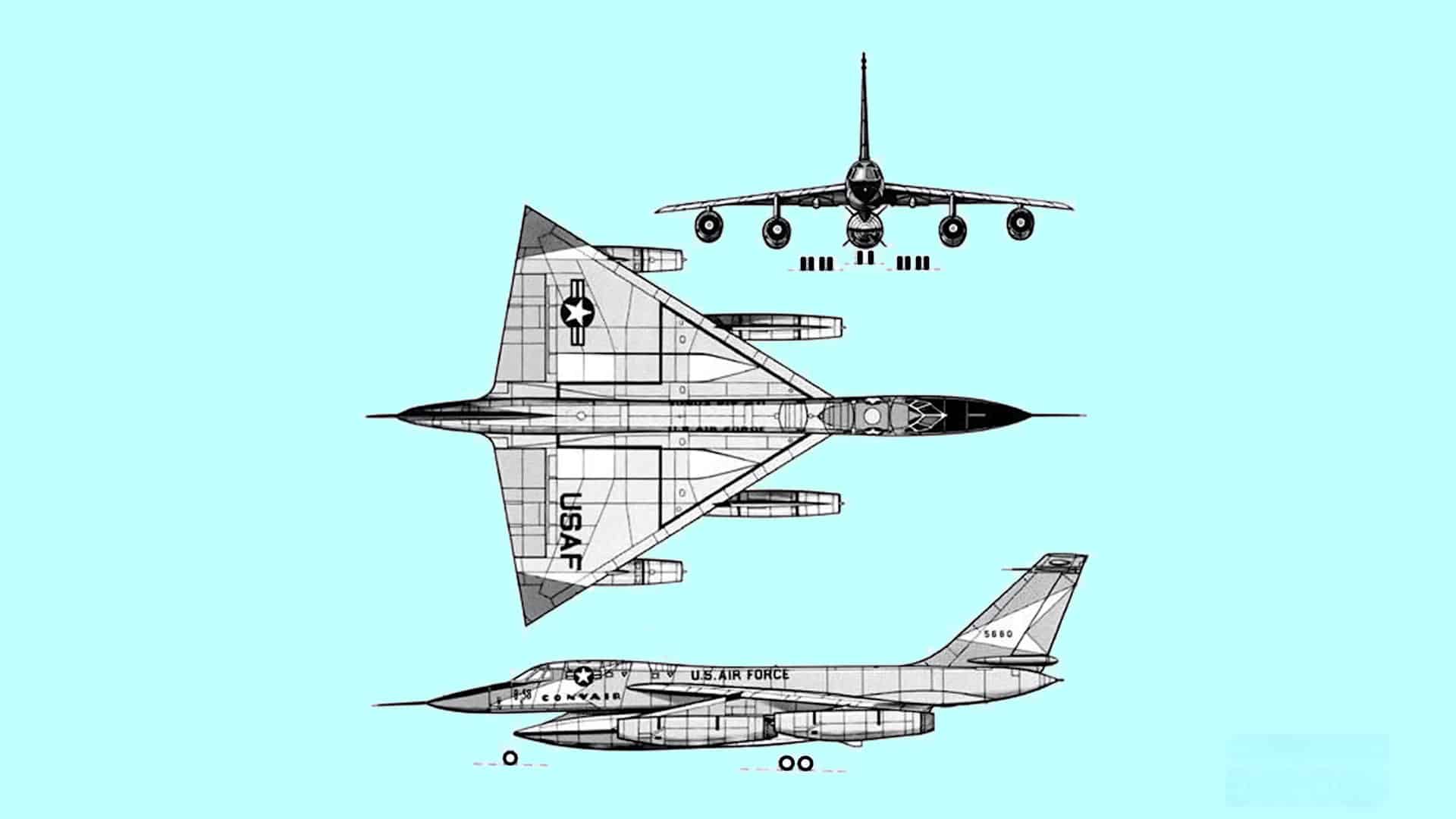
Since there’s no room in the fuselage for a bomb bay, the B-58 would go on to carry all bombs and additional fuel tanks externally. This includes a 9-megaton device that was fitted into a combined weapon and fuel tank pod.
Infamous Incident
The most infamous incident with a B-58 was at Bunker Hill Air Force Base in 1964, during a takeoff drill. 3 B-58s were doing a drill needing a close formation take-off with just only an 8-second gap between them.

The first throttled up to full power when the second pulled onto the runway – and due to a combination of jet wash from the first plane and an icy runway, the second B-58 was blown off the runway, hitting several objects and causing the landing gear to collapse, rupturing the fuel tank, and catching fire.

2 of 3 airmen managed to escape, but the third, Air Force Captain Manuel Cervantes, ejected from the plane via an ejecting capsule.
While he managed to escape the fire from the plane, it was too low for the parachute to open in time, causing it to crash on the tarmac and killing Cervantes.
Quite Exceptional For Its Time
Despite the incident, the B-58 was all about performance. With a light fuel load and 62,400 lbs. of combined thrust from four J79 turbojet engines, it could climb at 46,000 ft./min or 235 m/s and can do an almost vertical climb.
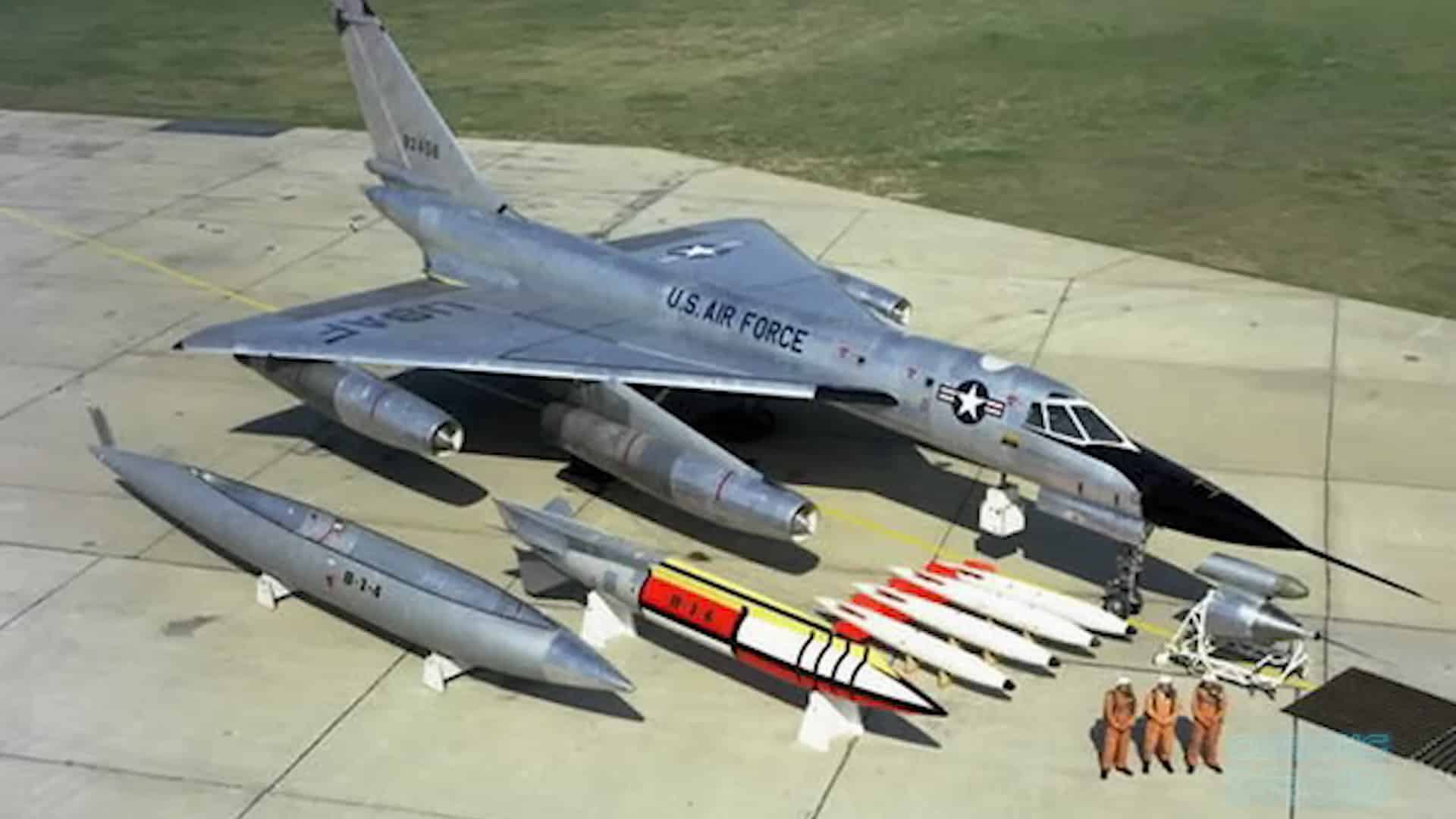
The way it was constructed was also quite advanced for its time, with extensive use of aluminum honeycomb panels, making the plane’s structure extremely light at only 13.8% of the gross weight with extremely thin wings.
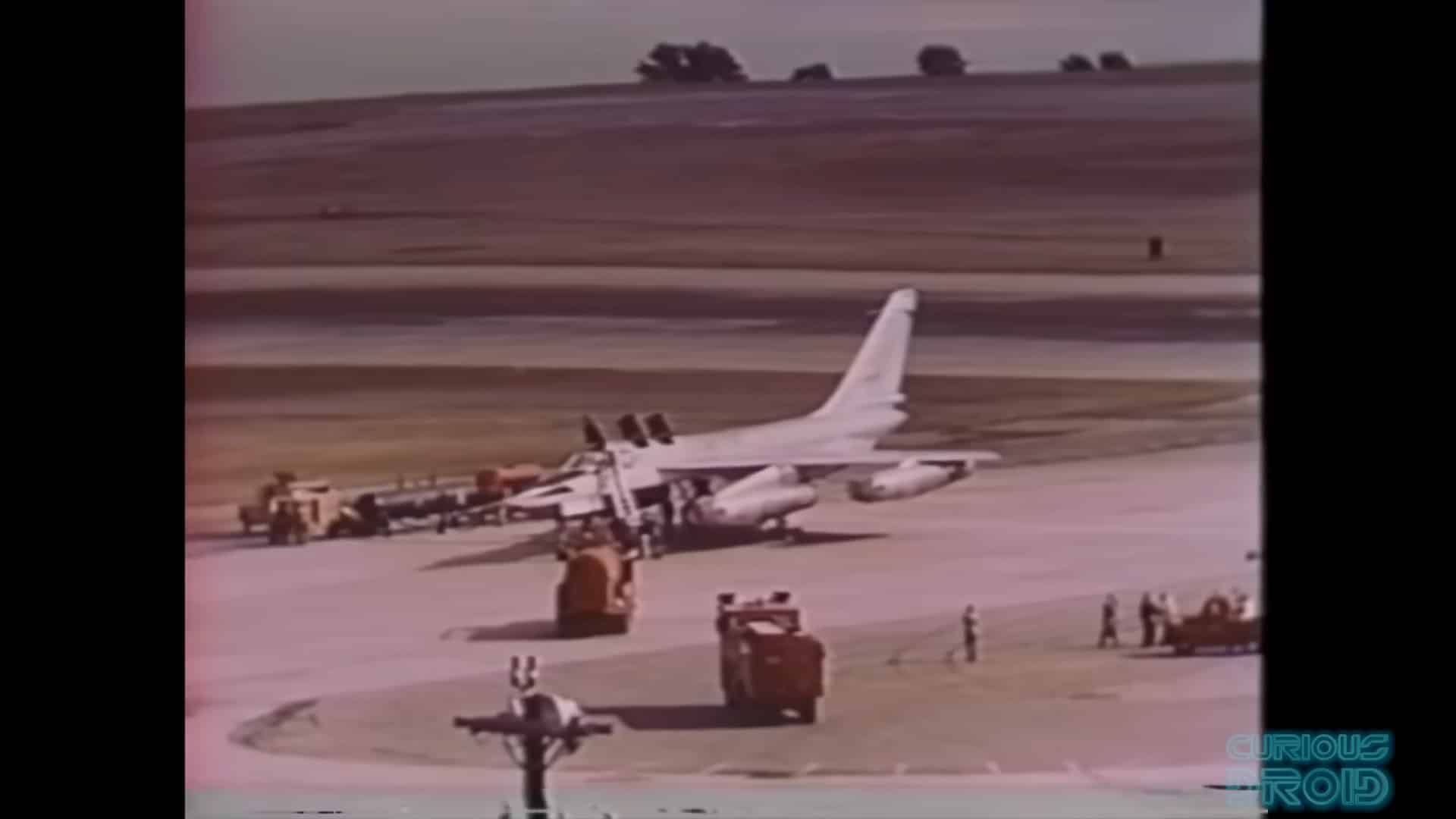
The delta wings’ large area also had a low wing loading, making it ideal for high-speed flight. It was also equipped with the most advanced electronic navigational equipment, allowing it to fly radio silent into enemy territory with more accurate bombing accuracy than the B-52.
Glory Days Long Over?
However, all of these were in the days of vacuum tube technology. It ran hot, requiring air conditioning to keep cool.
This made it unreliable and gave the B-58 a reputation that it kept up until its retirement – an unreliable and expensive jet that was difficult to fly.

By the 1960s, vacuum tubes were replaced by transistors, fixing the issue. However, accidents still happened.
The landing gear wasn’t the best and with the massive external fuel tank under the plane’s belly, a simple gear collapse could turn into a raging inferno in seconds.
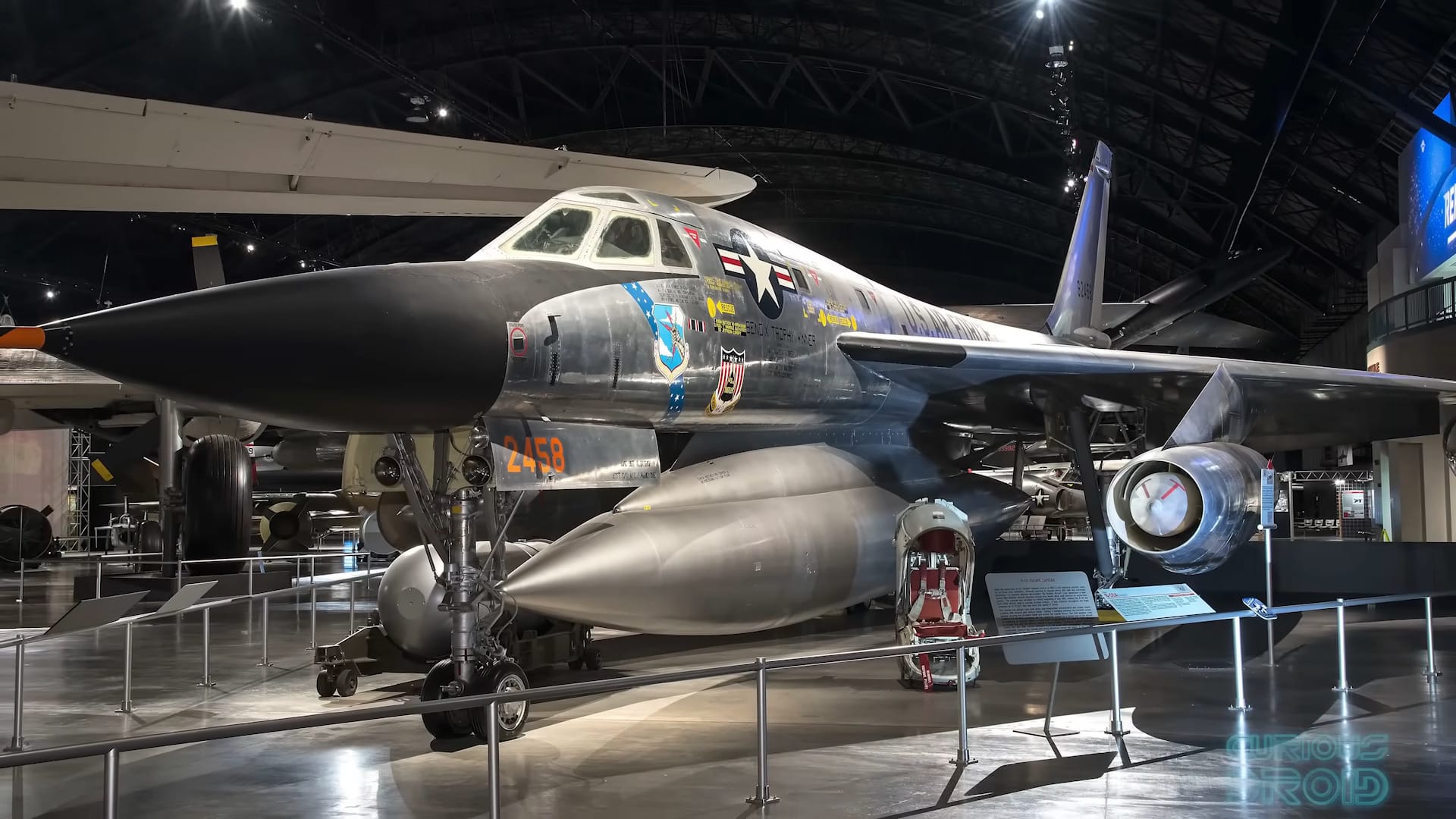
By the time came, the odds were against the B-58. In 1970, the retirement of the plane was ordered. The need for a supersonic nuclear bomber no longer made economic or strategic sense.












